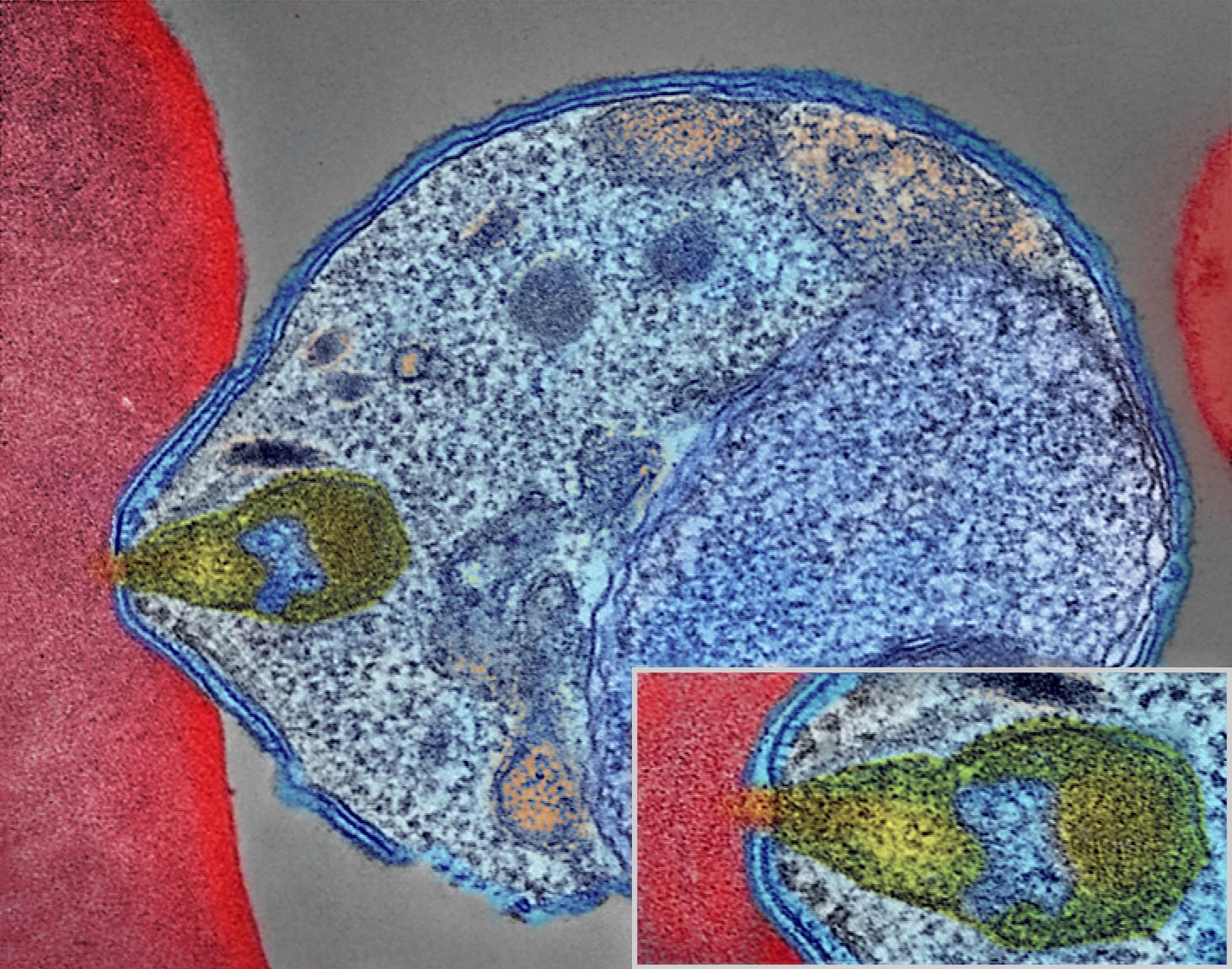Malaria is a difficult disease to control largely due to the highly adaptable nature of the vector and parasites involved. While effective tools have been and will continue to be developed to combat malaria, inevitably, over time the parasites and mosquitoes will evolve means to circumvent those tools if used in isolation or used ineffectively. To achieve sustainable control over malaria, healthcare professionals will need a combination of new approaches and tools, and research will play a critical role in development of those next-generation strategies.
On this page:
Special Populations
Malaria has a significant impact on the health of infants, young children, and pregnant women worldwide. More than 800,000 African children under the age of five die of malaria each year. Malaria also contributes to malnutrition in children, which indirectly causes the death of half of all children under the age of five throughout the world. Fifty million pregnant women throughout the world are exposed to malaria each year. In malaria-endemic regions, one-fourth of all cases of severe maternal anemia and 20 percent of all low-birthweight babies are linked to malaria. Scientists are working to better understand how malaria uniquely affects children and pregnant women and to develop new research tools, methods, and products appropriate for these populations.
Prevention
Vaccine Development
The development of a safe and effective vaccine against malaria will be critical in malaria control, prevention, and eradication efforts. Currently, no licensed vaccine against malaria (or any parasitic disease that afflicts humans) exists. The complexity of the Plasmodium parasite and the lack of understanding of critical processes, such as host immune protection and disease pathogenesis, have hampered vaccine development efforts.
NIAID supports a broad research program to encourage vaccine development. Several candidate vaccines that target various life cycle stages of the malaria parasite are in development. In addition, NIAID is exploring novel vaccine strategies, such as transmission-blocking vaccines, which work by blocking transmission of the malaria parasite to the mosquito vector.
Treatment
Drug Development
Antimalarial drugs, in combination with mosquito control programs, have historically played a key role in controlling malaria in endemic areas, resulting in significant reduction of the geographic range of malarial disease worldwide. Over the years, however, the emergence and spread of drug-resistant parasites has contributed to a reemergence of malaria, turning back the clock on control efforts. The need for new, effective drugs for malaria has become a critical priority on the global malaria research agenda.
NIAID-supported researchers are seeking to understand the molecular biology of the Plasmodium parasite and how it interacts with its human host at each stage in that cycle. Using that information, scientists hope to develop new drugs that block different molecular processes required for parasite survival and identify the mechanisms of emerging drug resistance.
Control Strategies
Diagnostics
New and improved diagnostics are essential for the effective control of malaria. Currently, the most reliable technique for diagnosing malaria is, as it was throughout the last century, labor-intensive, relying on highly trained technicians using microscopes to analyze blood smears. Such microscopic analysis is time-consuming, variable in quality, difficult to use in resource-poor field settings, and cannot detect drug resistance. Therefore, NIAID supports research to develop easy-to-use tests that diagnose the malaria parasite causing an infection and identify its drug resistance profile.
Vector Management Approaches
Vector management tools such as insecticides, environmental modification, and bed nets have contributed greatly to successful malaria control efforts historically, but have faced setbacks in recent years due to factors such as the emergence of insecticide resistance in mosquitoes. NIAID is supporting research on new vector management strategies to prevent parasite transmission (from humans to mosquitoes and mosquitoes to humans) and reduce the mosquito population.
Scientific Advances
NIH Researchers Discover Novel Class of Anti-Malaria Antibodies
January 3, 2025New antibodies that bind to a previously untargeted portion of the malaria parasite could lead to new monoclonal antibody treatments and vaccines for malaria.
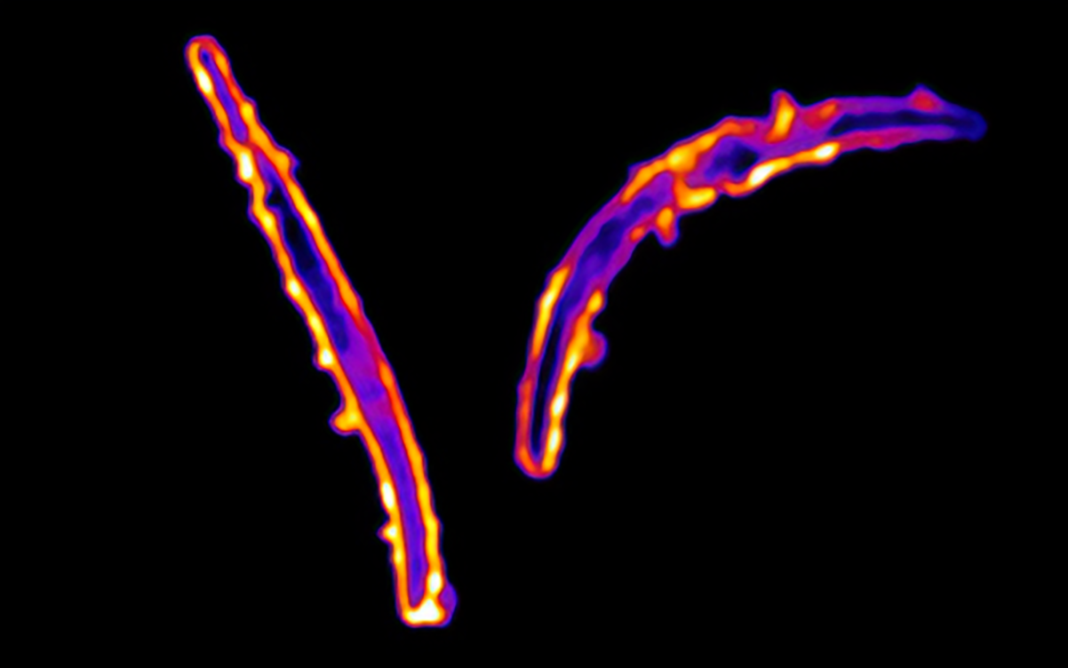
Researchers Explore How Malaria Parasites Evolve Drug Resistance
December 5, 2024NIAID-supported researchers explore the genetic underpinnings of how malaria parasites evolve drug resistance.
Gut Microbiome Associated With Susceptibility to Malaria
November 5, 2024By studying the gut microbiomes of children in Mali, scientists found that children with certain bacteria in their guts were more susceptible to febrile malaria than other children. These results suggest that studying intestinal microbiomes could pave the way for new approaches to prevent malaria disease.
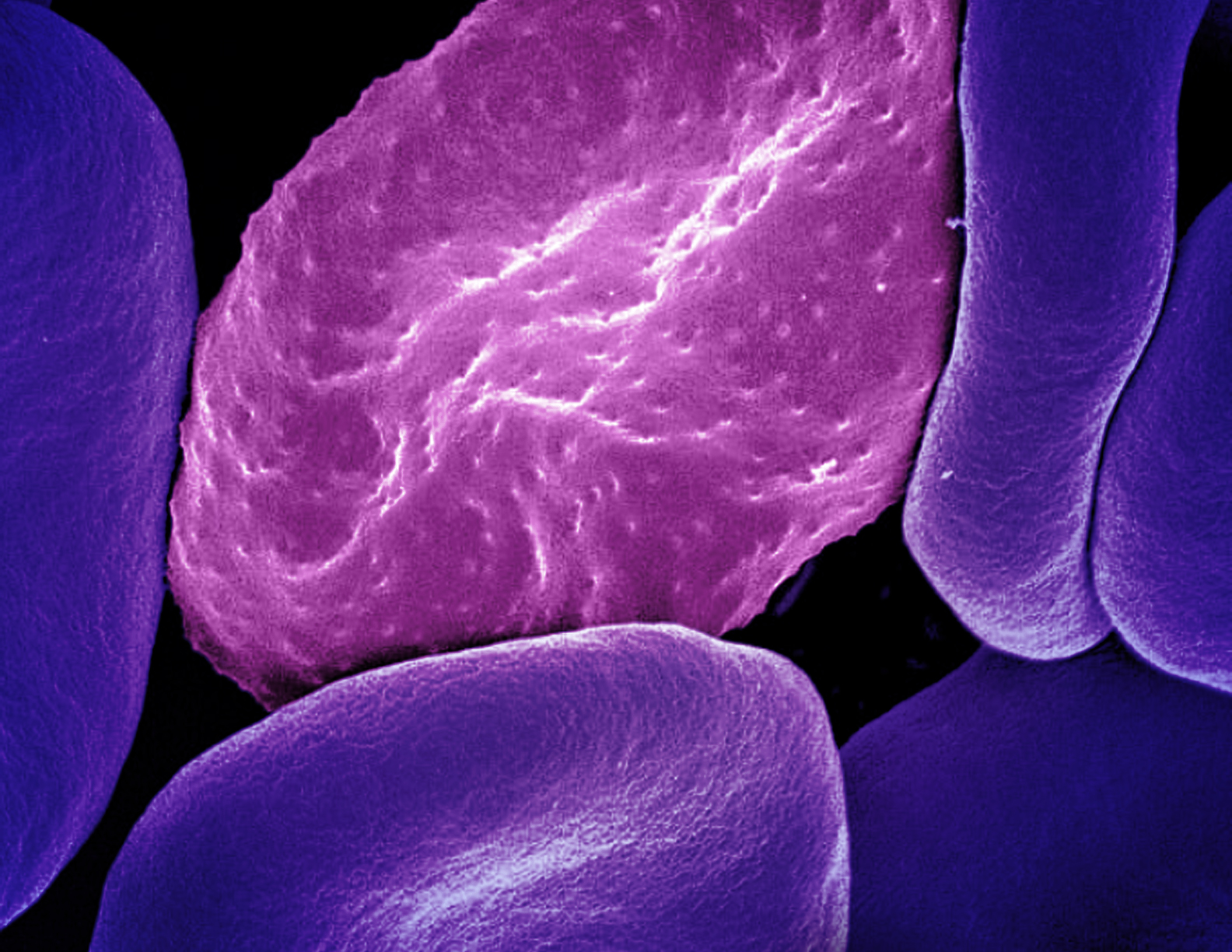
Candidate Malaria Vaccine Provides Lasting Protection in NIH-Sponsored Trials
August 14, 2024Two National Institutes of Health (NIH)-supported trials of an experimental malaria vaccine in healthy Malian adults found that all three tested regimens were safe.
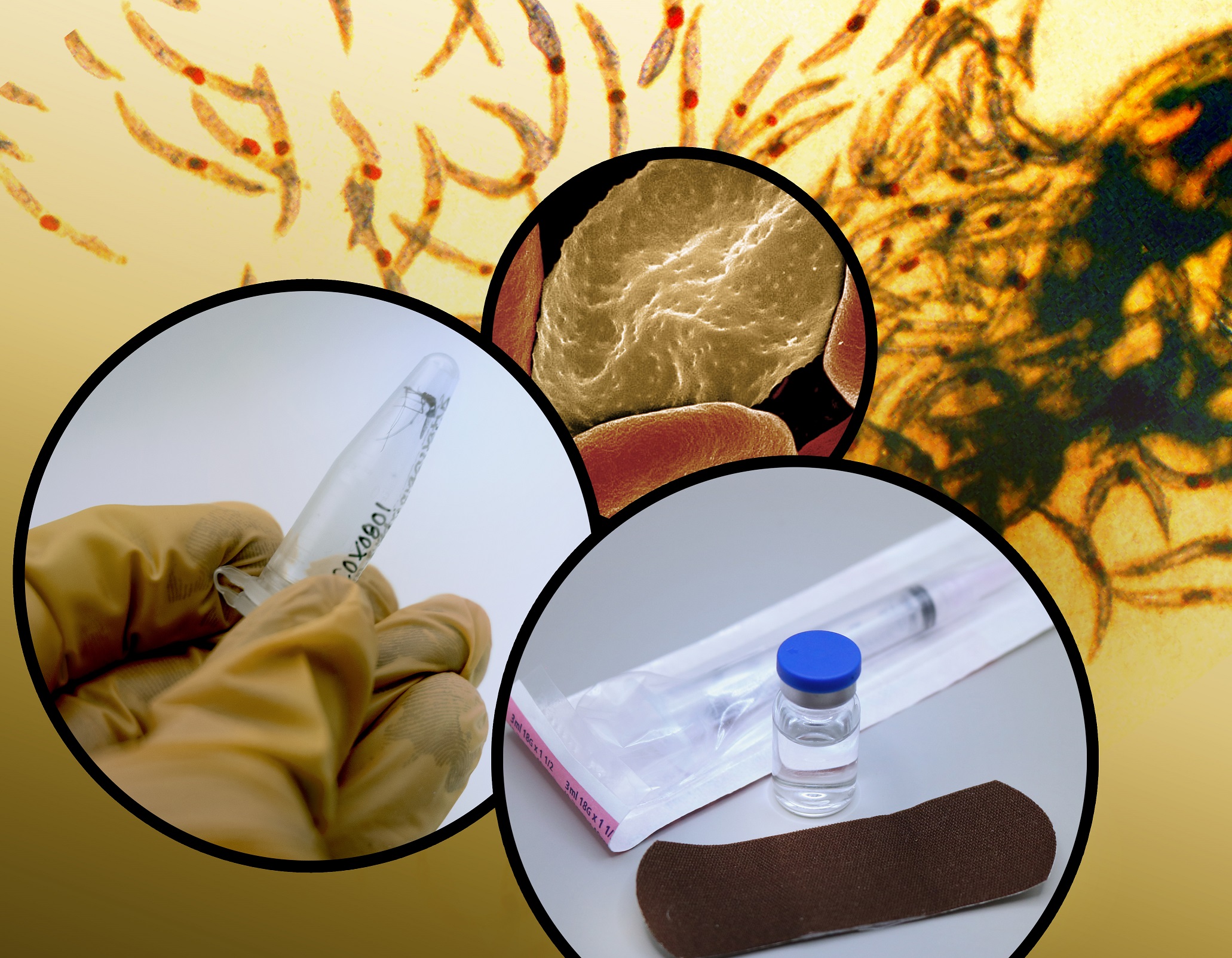
Experimental NIH Malaria Monoclonal Antibody Protective in Malian Children
April 26, 2024One injected dose of an experimental malaria monoclonal antibody was 77% effective against malaria disease in children in Mali during the country’s six-month malaria season, according to the results of a mid-stage clinical trial. The trial assessed an investigational monoclonal antibody developed by scientists at the National Institutes of Health (NIH), and results appear in The New England…
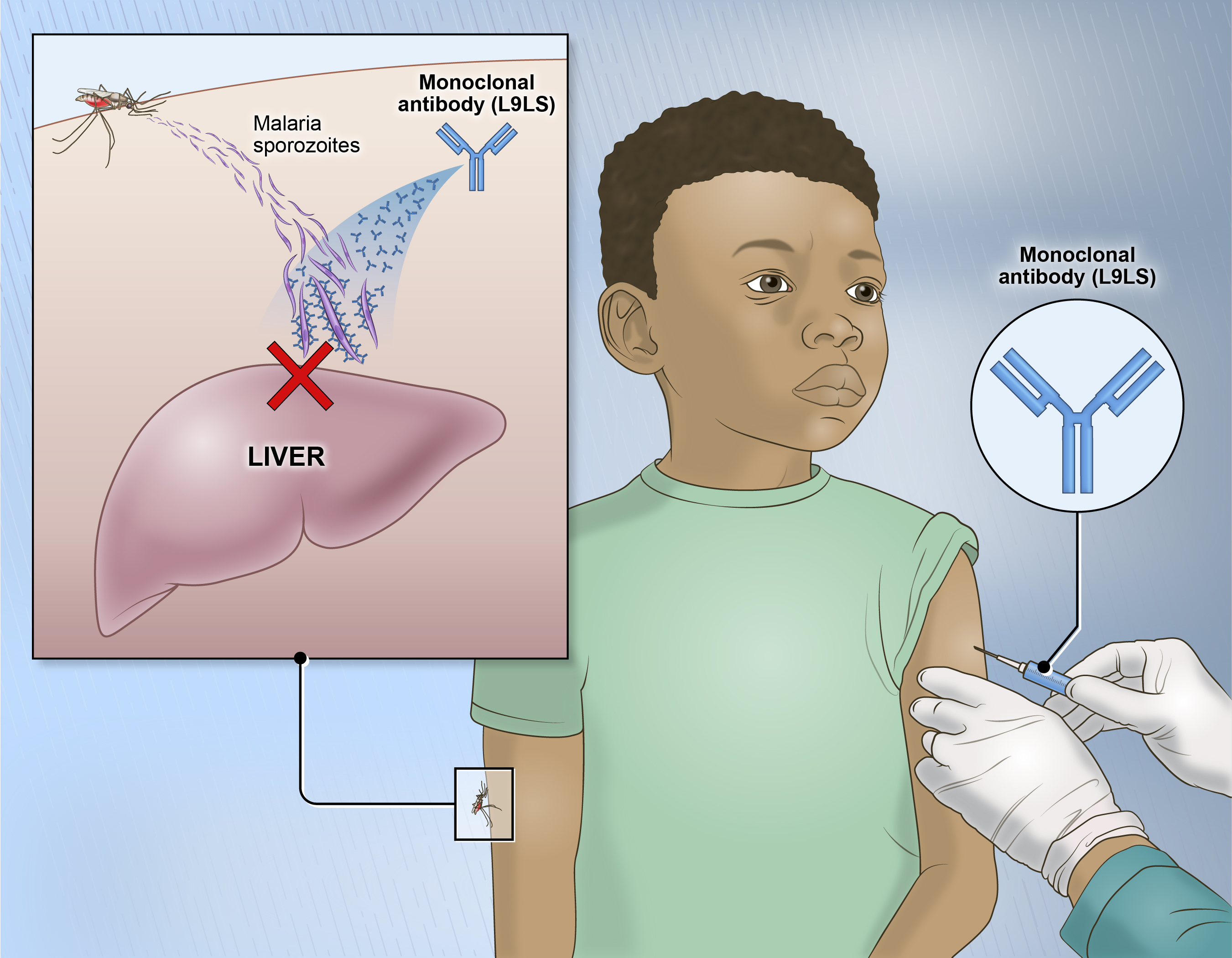
Building a Better Malaria Vaccine—NIAID Researchers Design a Paradigm-Busting Candidate
September 27, 2023NIAID researchers used structural information about two malaria parasite proteins along with mechanistic information about the interaction between them to design and build an entirely novel candidate vaccine. When tested in rats, their “structure-based design 1” (SBD1) immunogen vaccine performed better than other experimental malaria vaccines. It also upends the conventional wisdom that…
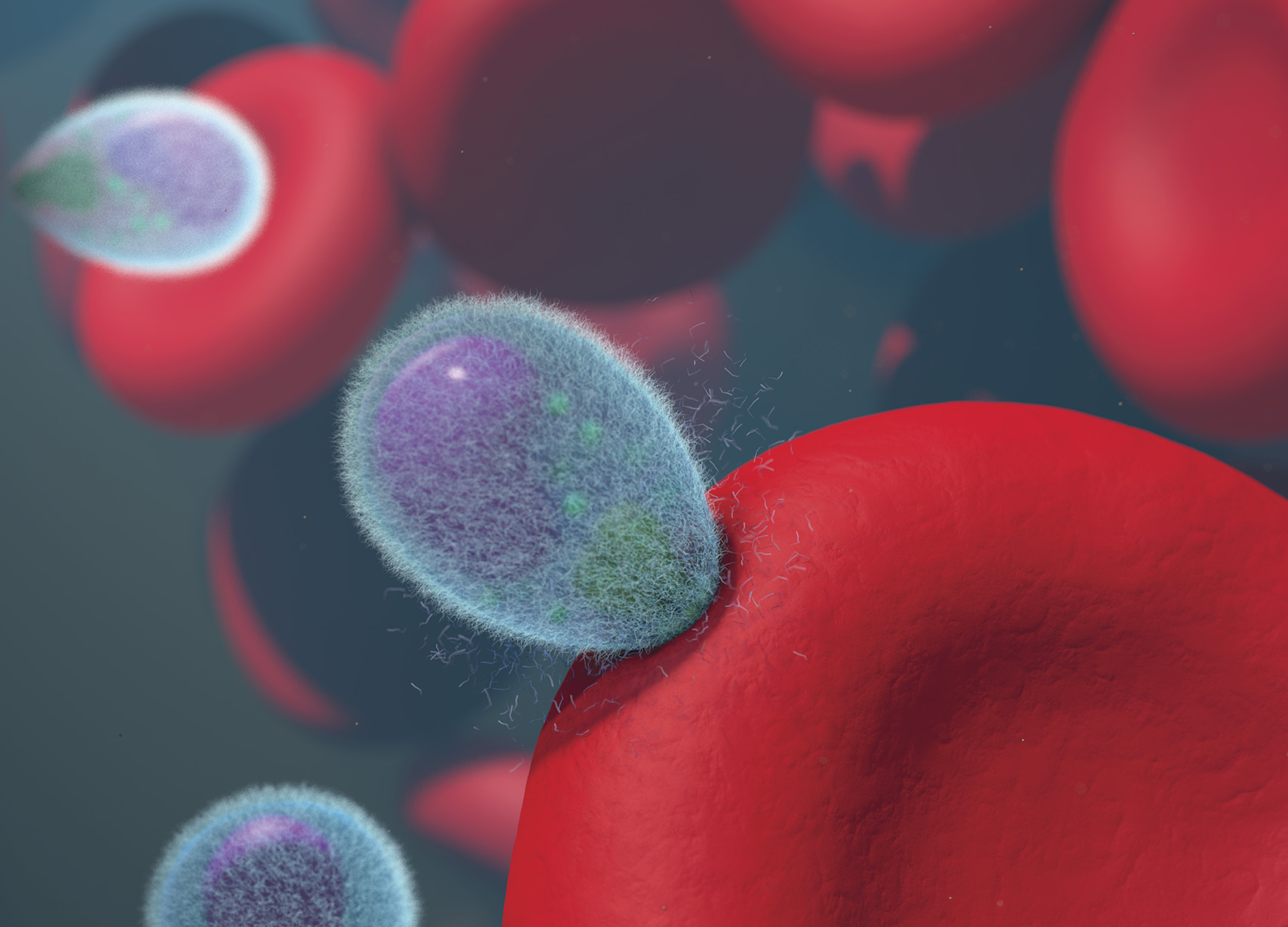
Monoclonal Antibody Prevents Malaria Infection in African Adults
October 31, 2022One dose of an antibody drug safely protected healthy, non-pregnant adults from malaria infection during an intense six-month malaria season in Mali, Africa, a National Institutes of Health clinical trial has found. The antibody was up to 88.2% effective at preventing infection over a 24-week period, demonstrating for the first time that a monoclonal antibody can prevent malaria infection in…
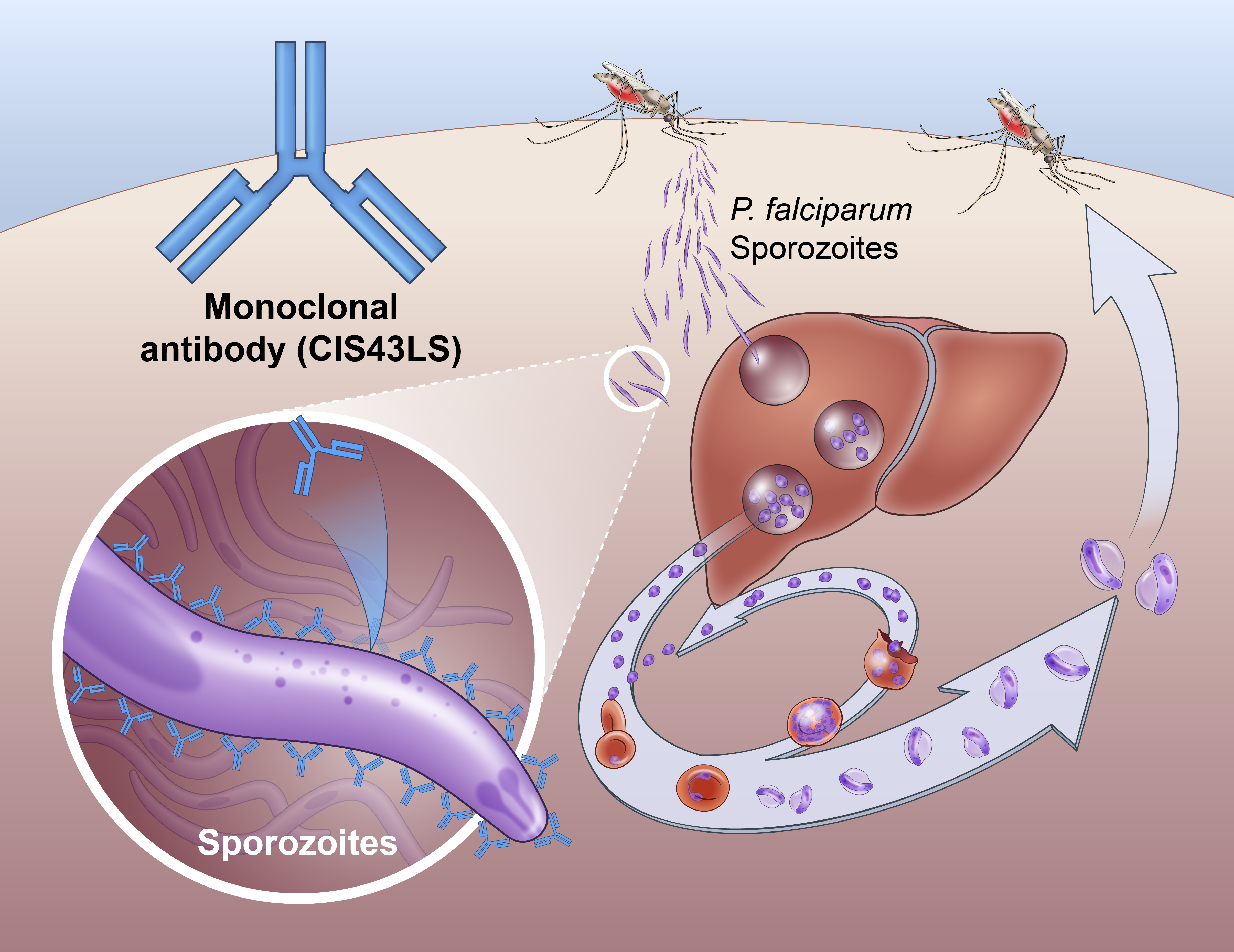
Monoclonal Antibody Prevents Malaria in U.S. Adults, NIH Trial Shows
August 4, 2022One injection of a candidate monoclonal antibody (mAb) known as L9LS was found to be safe and highly protective in U.S. adults exposed to the malaria parasite, according to results from a National Institutes of Health Phase 1 clinical trial published in The New England Journal of Medicine.
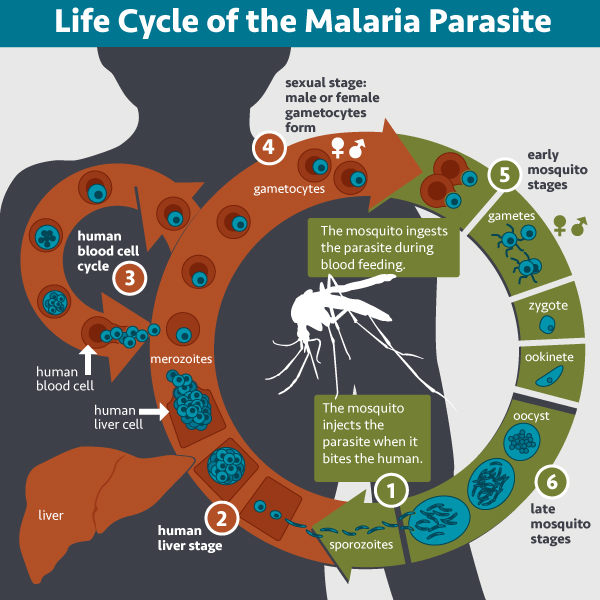
Monoclonal Antibody Prevents Malaria in Small NIH Trial
August 11, 2021One dose of a new monoclonal antibody discovered and developed at the National Institutes of Health safely prevented malaria for up to nine months in people who were exposed to the malaria parasite. The small, carefully monitored clinical trial is the first to demonstrate that a monoclonal antibody can prevent malaria in people. The trial was sponsored and conducted by scientists from the…
